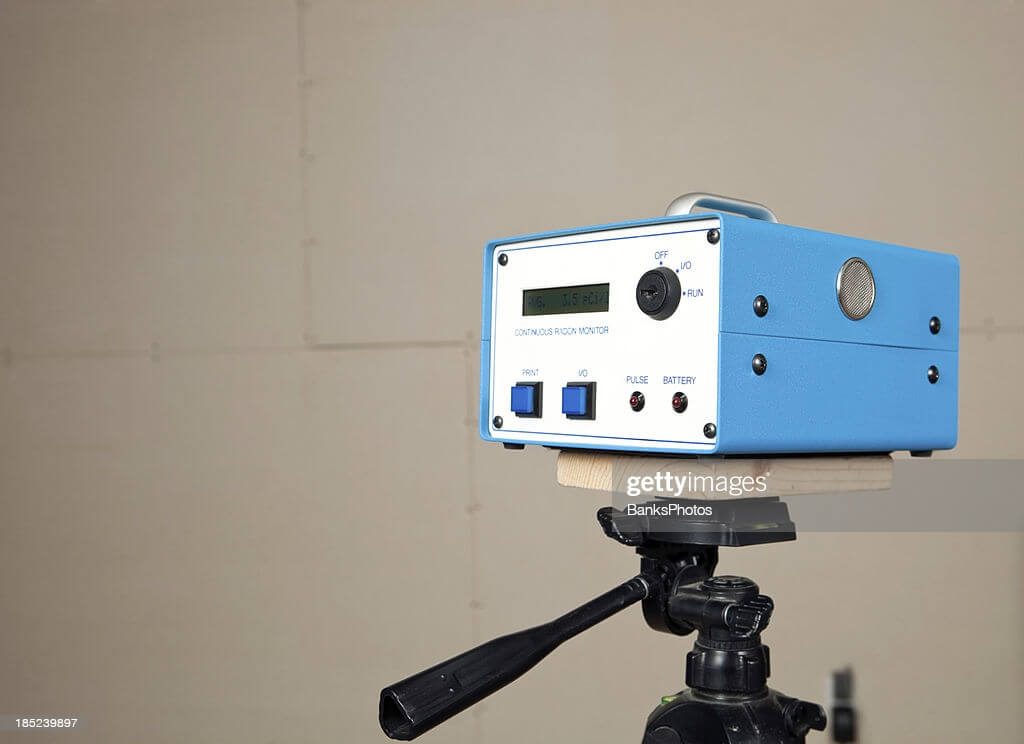Radon mitigation is basically any method used to lower radon concentrations in the living breathing zones of occupied structures, or radon in water sources. Radon is an important contributor to environmental radon radioactivity. It is a naturally occurring radioactive element that forms during the decay process of uranium, which is found in most nuclear weapons. It is one of the most dangerous forms of radiation that humans will come into contact with. Exposure to radon can cause very serious health problems and increase the lifetime risk of cancer in humans.
Radon enters the environment through a variety of means. For example, radon that seeps into the ground is usually associated with soil and other natural factors such as plant uptake and rainwater run-off. Radon also comes from mines and other mining operations. It can also come from building materials that contain radon, and there are instances where radon is deliberately added to soil to allow it to be utilized more efficiently by the plants.
In the homes of the residents of the United States, radon mitigation has become an important issue in recent years. High levels of radon have been found throughout the nation, particularly in basement walls, and these high levels pose a serious health risk to homeowners. According to the US Environmental Protection Agency, radon gas can cause as much as four hundred cases of lung cancer and five hundred cases of non-allergic chronic bronchitis every year.
Radon is the number one health concern in Canada, and while the Canadian government has taken measures to address radon mitigation, the United States has not. This is largely due to the difference in radon measurement methods. Canada uses volatile organic compounds (VOCs) to determine radon concentration in soil, whereas the United States based test methods uses the basis of concentration. While both methods measure amounts of radon in the soil, it is believed that the Canadian method is more accurate because of its greater reliance on soil samples collected from different locations. The United States based testing methods have been proven faulty, however, and radon mitigation companies recommend conducting both types of tests.

There are many radon mitigation options available. One such mitigation option is venting the occupants’ living areas through an exhaust system. In the past, this has been accomplished with the installation of an exhaust fan in the kitchen and bathroom of the home. Now, there are new and improved “radon diffusers” that use a low level of radon to directly emit it into the outside breathing zone of the house. These diffusers require no venting or installation of fans and only require the timely removal of old carpeting, sealing and replacing if it is in need of replacing. These systems work to reduce radon by neutralizing the internal pressure of the home, which allows increased air circulation through the house.
radon mitigation fort collins co
Mechanical ventilation of a home is another method that has proven to be effective in radon mitigation. Mechanical ventilation is achieved by opening all or part of a home’s air conditioning system to the exterior. Typically, this is achieved by removing windows and doors to the external environment. Although, it will be necessary to periodically replace the filters of air conditioners to keep them performing at peak efficiency. Many homes with an open air conditioning system still have the need to ventilate rooms. It is with the installation of new window and door frames that a mechanical ventilation system can be installed to effectively reduce radon in the environment.